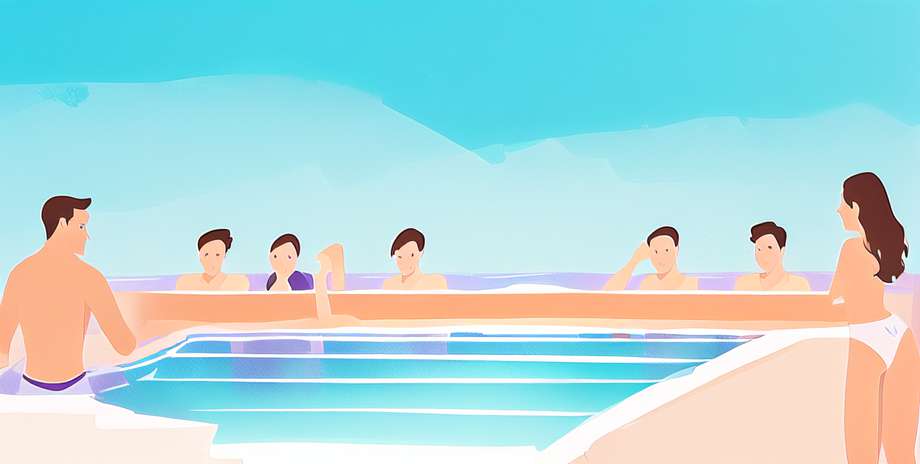7 reasons to consume quinoa
April 2024

Whether through steam, in jets, hot or cold, the therapeutic power of water helps to combat or alleviate the effects of different diseases. This, without counting the benefits of the use of mineral-medicinal, thermal waters, with marine contents and other additives. Hydrotherapy is known since ancient times, it is enough to remember the Roman baths, the Arab baths or the Mesoamerican temazcales . It is a therapeutic technique which has had a long tradition in different societies; However, since the end of the 19th century it has been rescued and studied more and more due to its beneficial effect for the treatment of many pathological conditions, such as traumatisms, circulatory diseases, rheumatism, digestive problems, allergies and respiratory diseases, as well as neurological ones.
Centers specialized in hydrotherapy
Through the use of hot water, the superficial blood vessels expand, helping circulation in these areas; while cold water causes the opposite effect, that is, causing the superficial blood vessels to contract and the internal blood circulation to be favored. Some substances present in water, such as in the case of spas, can enhance the effects of hydrotherapy .
To accelerate the healing process of a serious injury, for example, in the case of athletes, water is a fundamental element since it allows an early start of functional recovery. Even if an injured person can not walk, he can perform walking and running gestures in deep water. The aquatic environment allows the injured person to work with a higher or lower discharge percentage depending on the severity of the injury or the evolutionary phase of the injury. The concept of "apparent weight" is very important: the difference between the weight of the submerged body and the thrust of the water. Thus, a person of 100 kilos, submerged to the waist, will weigh only half. According to Dr. Carlos Díez, director of Sanitas Medical Services- Real Madrid, Water is the key tool so that the recovery is as early and progressive as possible.